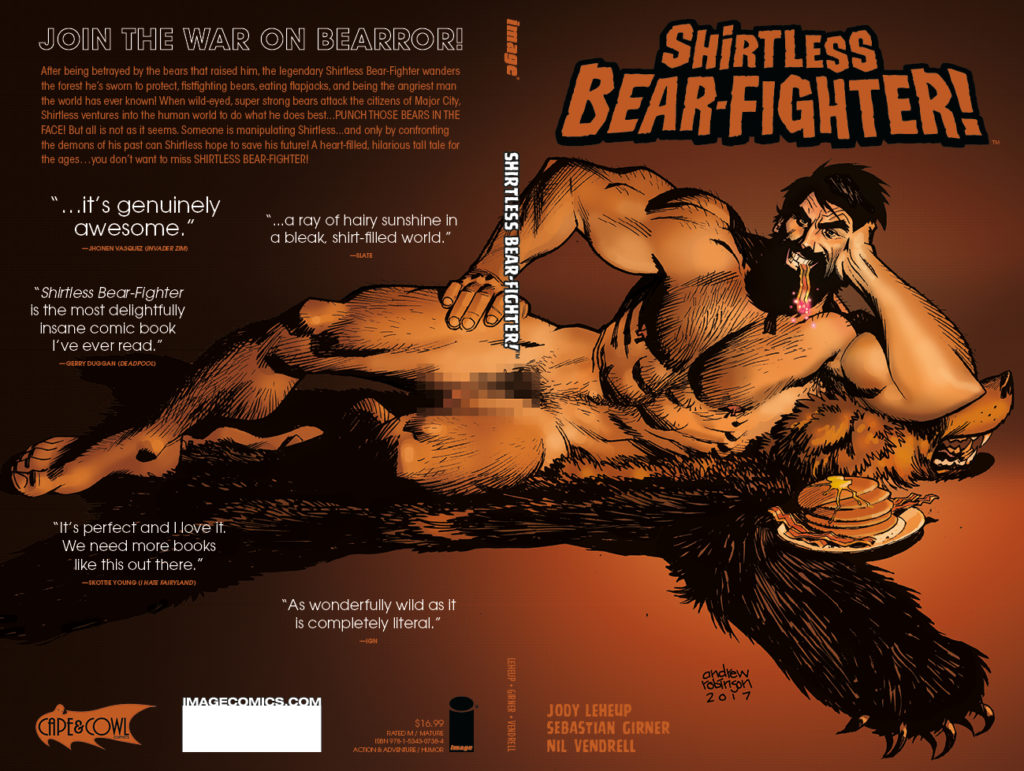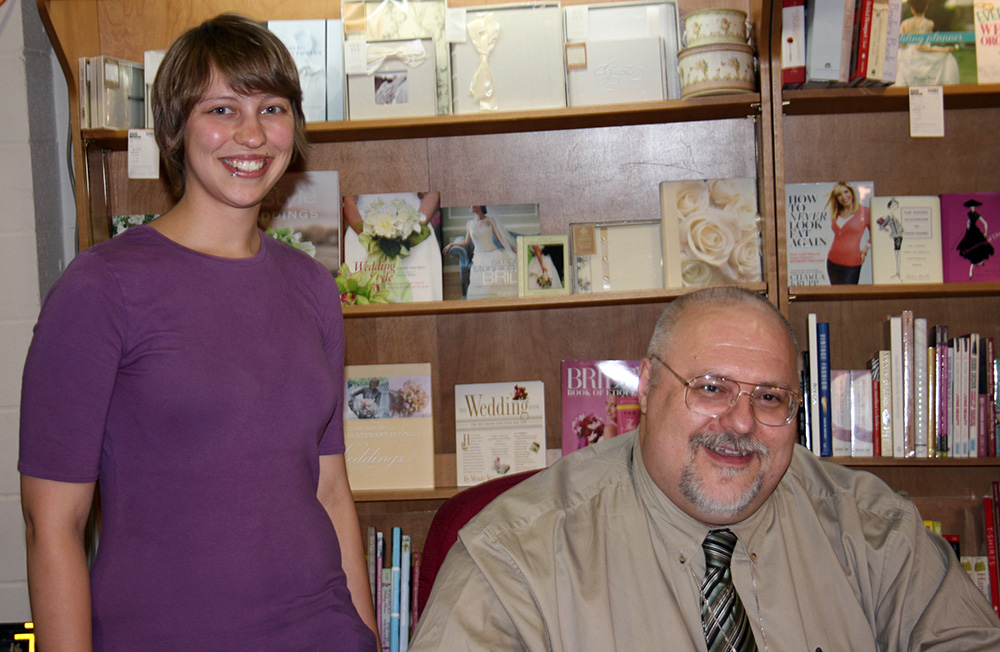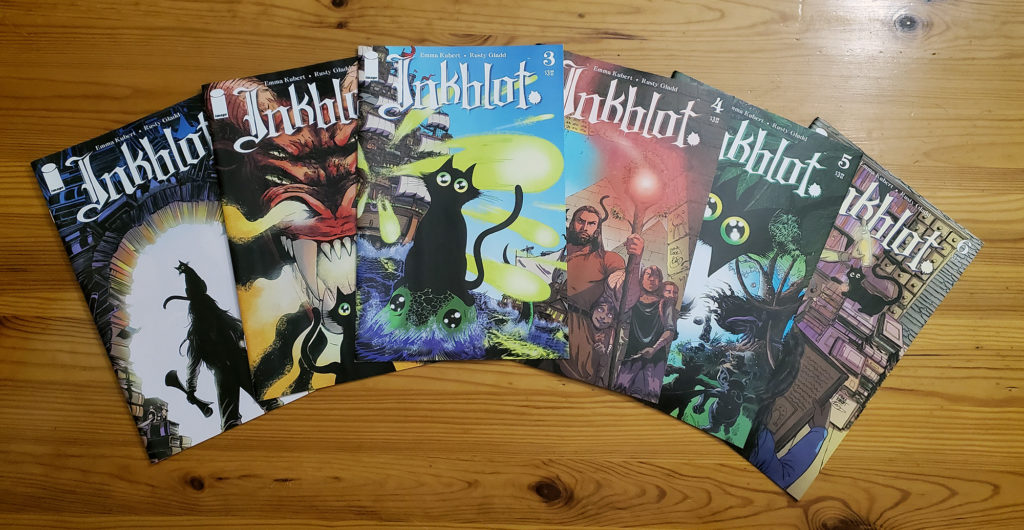Happy New Year, Readers!
With 2021 behind us and the whole of 2022 ahead, it’s time to take stock of our TBR shelves and lists, think about new goals, discard what no longer serves us or brings us joy, and most importantly, READ!

To that end, I’m rounding up the best 2022 reading challenges for readers of science fiction, fantasy, and other speculative fiction sub-genres!
Reading challenges can be a fun way to expand your reading horizons, explore genres or topics you might not have discovered on your own, and even to meet fellow readers. They can also be an added source of stress or guilt, so they aren’t for everyone. I like to use them as a guide or inspiration rather than something I must complete each year.
Over the past several years, the number of reading challenges has exploded. There are dozens and dozens and dozens of challenges listed at the Reading Challenges Addict site’s page for 2022 challenges, and more beyond that.
Despite the proliferation of challenges, I couldn’t help but notice how few challenges there are specifically for speculative fiction. If spec fic is your main genre, it may not make sense to do a challenge within that genre… Or it could be the perfect opportunity to discover new authors and sub-genres (and there are so many sub-genres and sub-sub genres in spec fic).
So without further pontificating, here are the six reading challenges (in no particular order) best suited for readers who want to focus on speculative fiction in 2022!
Challenges With Prompts
The more traditional reading challenges include specific prompts, like “read a book set in a bookstore”. You can choose any book that satisfies the prompt, and usually a single book can satisfy multiple prompts and be used in multiple challenges.
Diverse Sci-Fi and Fantasy Books Challenge
This challenge isn’t limited to 2022, but I wanted to include it because it’s one of the few challenges focused specifically on speculative fiction. This challenge, which you can find at Storygraph, features sixteen prompts focused on finding books by own voices authors from a variety of backgrounds. Each prompt also includes a short list of suggested books, so this is also a great place to diversify your TBR in general!
Beyond the Bookends’ 2022 Reading Challenge

Book blog Beyond the Bookends has a simple but great 2022 reading challenge that features a single prompt for each month of the year. With twelve prompts, this is a great option for people who’ve never done a challenge before, or who want a less-intense challenge that will still push their reading boundaries.
Additionally, all these prompts can easily be used to find a spec fic book (yes, even November’s “Read a book set in WWI”). You can also browse their previous challenges for more ideas and inspiration.
Unabridged Podcast 2022 Reading Challenge

Most reading challenges focus heavily on adult fiction and nonfiction, which is why I like this challenge written by the three teachers that makeup the Unabridged Podcast! It has both a YA and middle-grade themed prompt, along with a few multimedia prompts (like reading a book and watching its tv or movie adaptation).
This challenge has ten prompts and a number of ways to get involved, including a Facebook group, a hashtag for Instagram, and an Instagram story template so you can share your progress!
Learn more about the challenge and give the podcast a listen over at the Unabridged Podcast website!
Book Riot’s 2022 Read Harder Challenge

Book Riot’s Read Harder Challenge is one of the most well-known challenges, and has one of the most lively and engaged communities. This year’s challenge features twenty-four prompts, which breaks down to two books per month. It’s much more doable than some of the other big challenges like PopSugar’s (fifty books)!
This is one of my favorite challenges, and the first one I ever participated in. While certain prompts (such as number six, “Read a nonfiction YA comic” and “Read a history about a period you know little about”) might be hard to twist to speculative fiction, a majority of the prompts lend themselves well to choosing a spec fic book. The active Goodreads community also makes it a great option if you’re looking for community as well as good books.
Challenges Without Prompts
Not all reading challenges are prompt-based! Some are based around numbers of books read, either within a theme or in general. For those who prefer not to be limited by prompts, here’s a couple challenges that are number-based.
SpaceTime Reading Challenge 2022
Writer and book reviewer Jemima Pett runs the annual SpaceTime Reading Challenge on her blog, jemimapett.com. This is a flexible challenge, and you can choose to aim for as few as five books or as many as forty!
This challenge focuses on science fiction and time travel books only, and the host requests that all participants post reviews somewhere online (Goodreads is fine). Any book within the prescribed genres that’s at least 100 pages or more can count.
Mount TBR Reading Challenge 2022
Bev of the My Reader’s Block blog hosts the annual Mount TBR Reading Challenge, which challenges participants to read books in their to-be-read piles. The fun twist here is that each “level” of the challenge is pegged to a famous mountain.
To conquer Pike’s Peak, you have to read twelve books from your TBR pile. To climb Mt. Kilimanjaro, you’ll need to knock off sixty books. And for Mt. Everest, you’ll need to read a whopping one hundred books from your TBR!
Library lovers, take note: Library books don’t count for this one; only books you owned prior to January 1, 2022.
Do you have any reading goals for 2022? Are you planning on doing any reading challenges? Let me know in the comments, on Twitter @bookwitchblog, or Instagram @bookwitchblog!
























